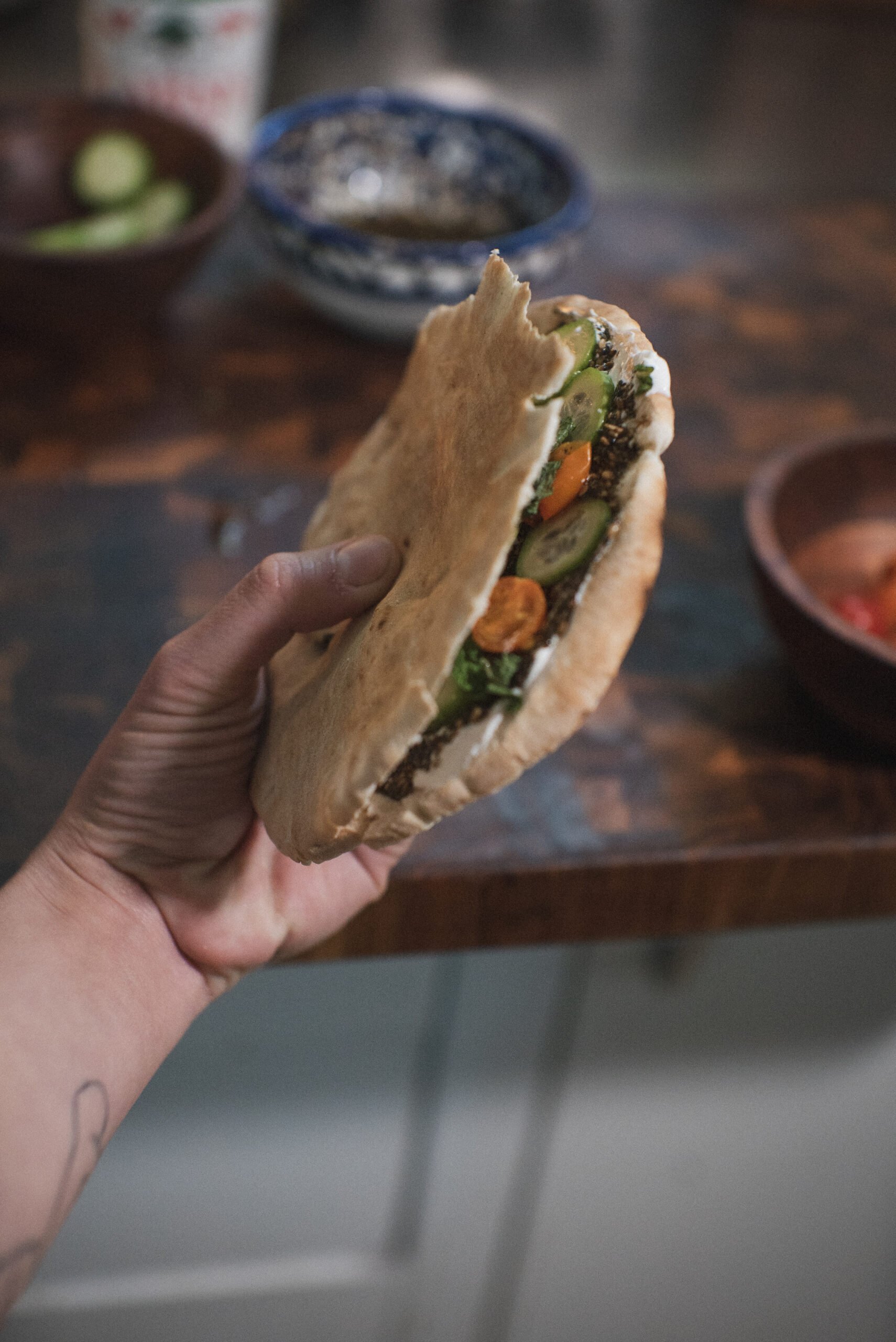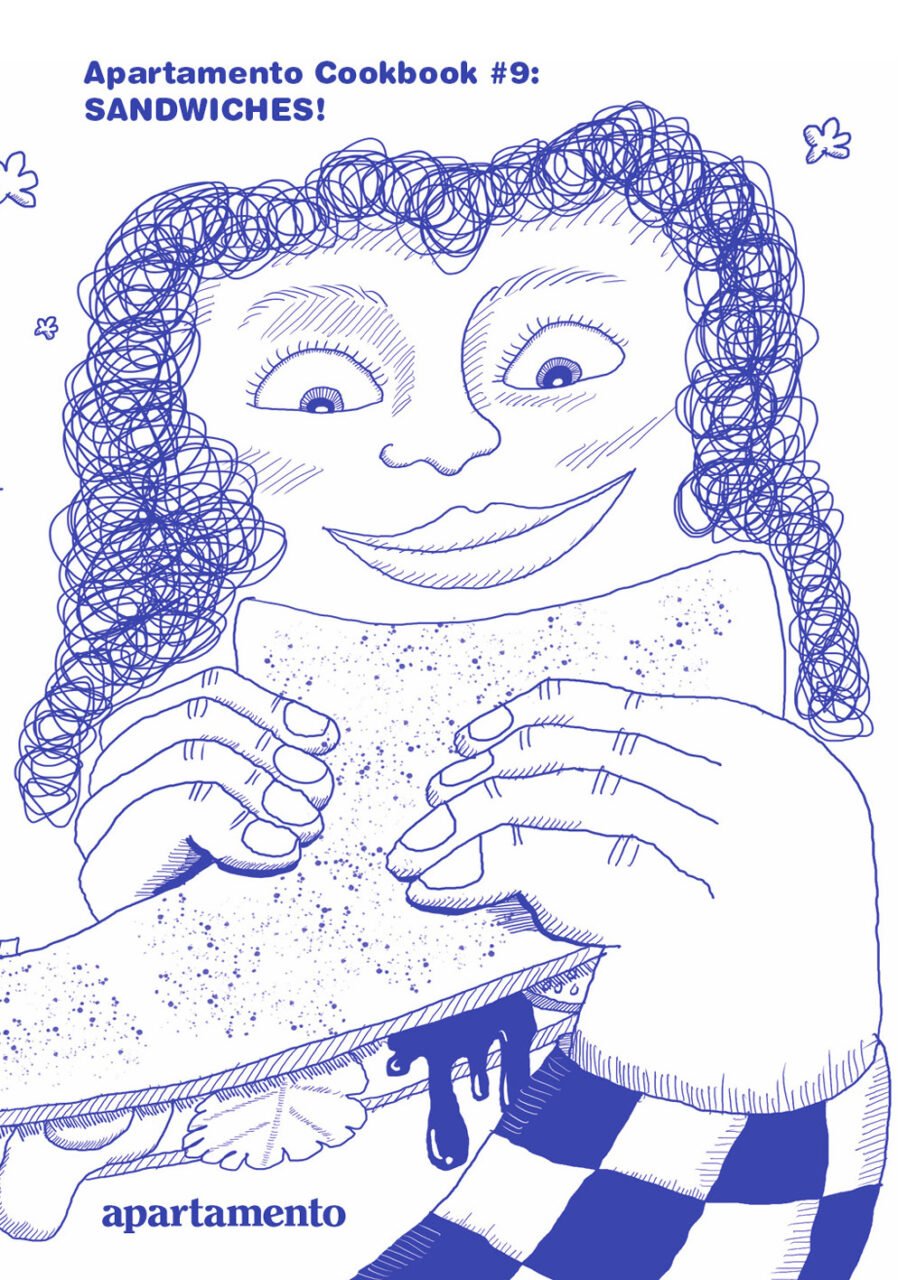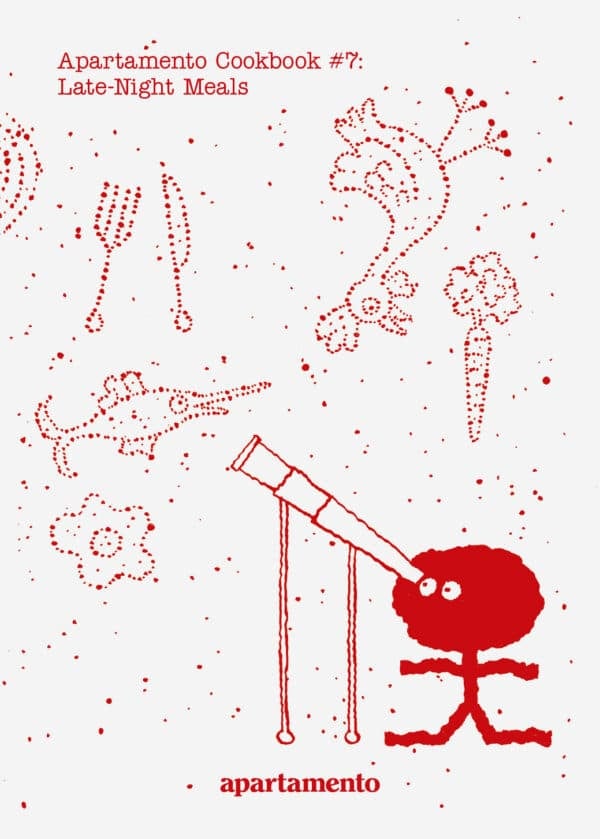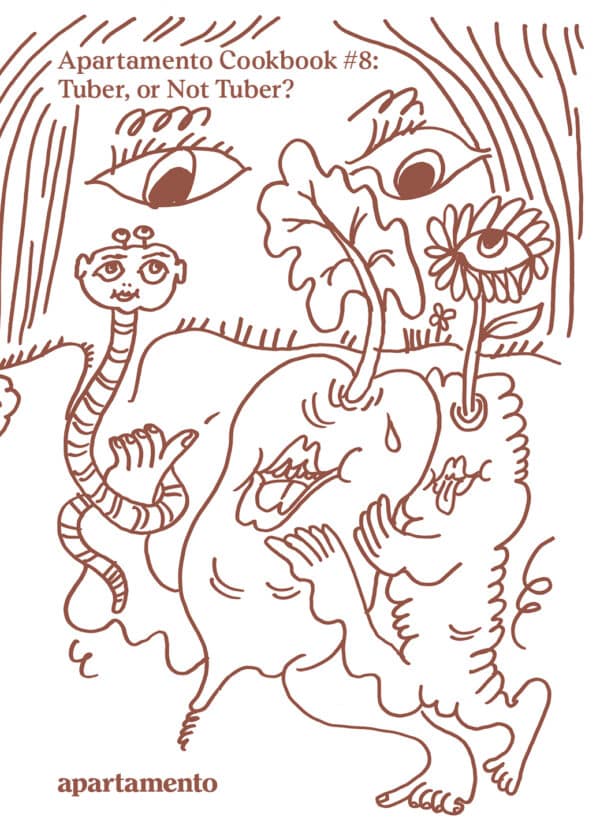Zaatar Sandwich
In the Levant, a traditional breakfast that mothers often prepare for their children features zaatar—a blend of wild thyme, sumac, and sesame seeds. It’s believed to sharpen the mind and enhance memory, especially vital on exam days. Growing up, my mornings were defined by the ritual of my Mama packing a toasted pita brimming with a rich spread of olive oil and zaatar. I was the only Palestinian girl at my school, and, as you can imagine, the American lunchrooms of the early 2000’s were not familiar with exotic condiments like this. My classmates’ reactions ranged from curious to dismissive, exclaiming ‘ew, gross!’ as I unveiled what was, to me, a cherished slice of home. They didn’t realise the world of flavour they were missing. Zaatar is now more widely known and available, and I encourage you to grace your pantry with its potent flavour and infinite possibility. Zaatar is often referred to as a ‘spice mix’, but I wholly reject that characterisation—in Arab households, we treat zaatar as a food of its own, as a condiment that is to be used abundantly—and, with a little bread and olive oil, becomes a meal itself. In a world of diluted ingredients, I cannot stress enough how important it is to source your zaatar properly and check it for freshness and authenticity, preferably sourced from Palestine, Lebanon, or Jordan. Labneh can be sourced from most stores, or you can make your own by straining yogurt. The sandwich below appeals to a hungrier adult and is (in my opinion) the most refreshing and delicious snack to bring to a picnic, a hike, or perhaps to fit in your child’s lunchbox. To foster a love for zaatar in the next generation, remember—start them young and let their tastebuds travel.








 close
close
